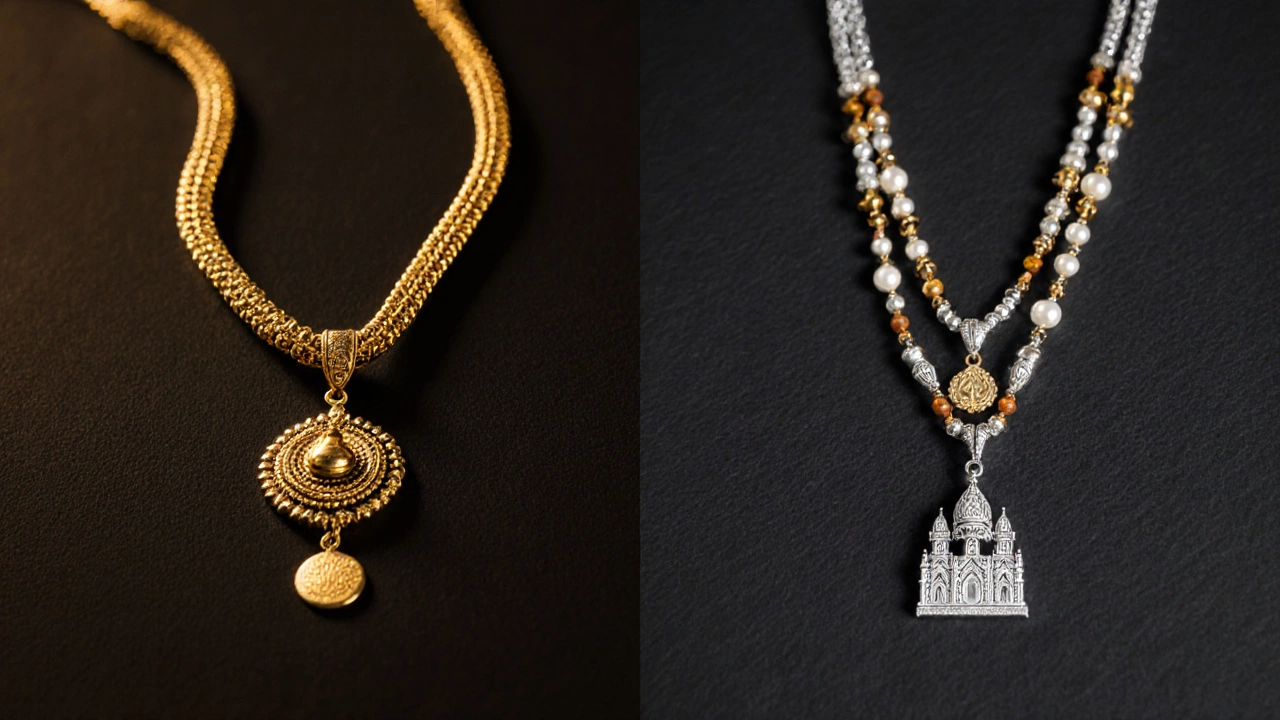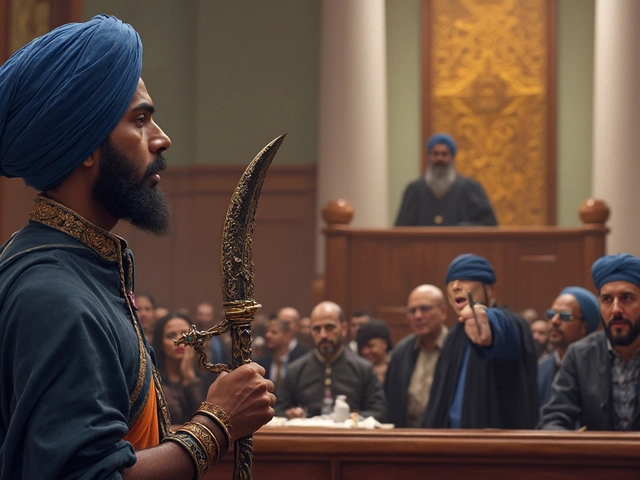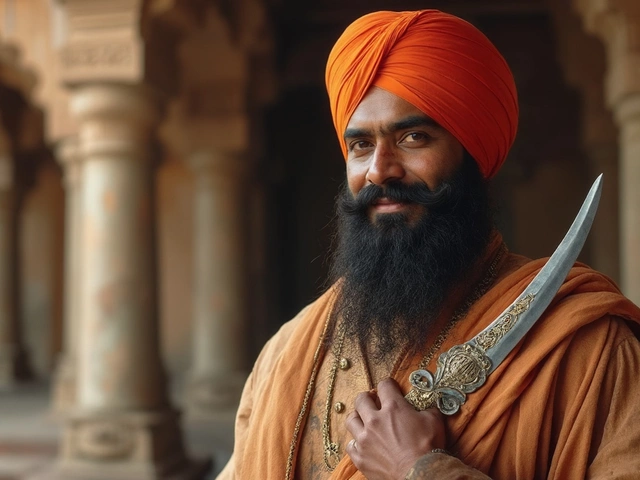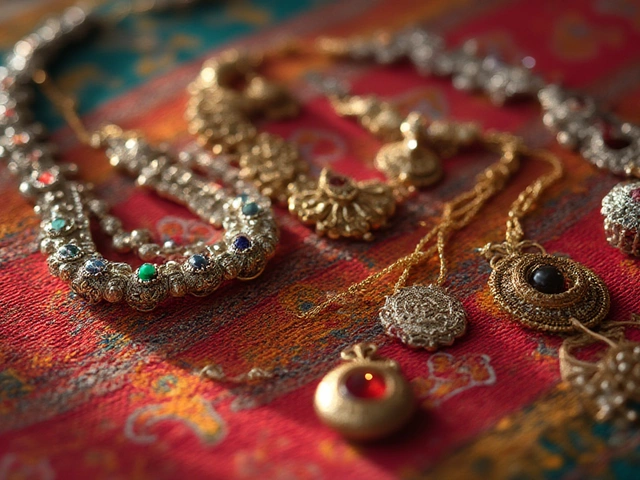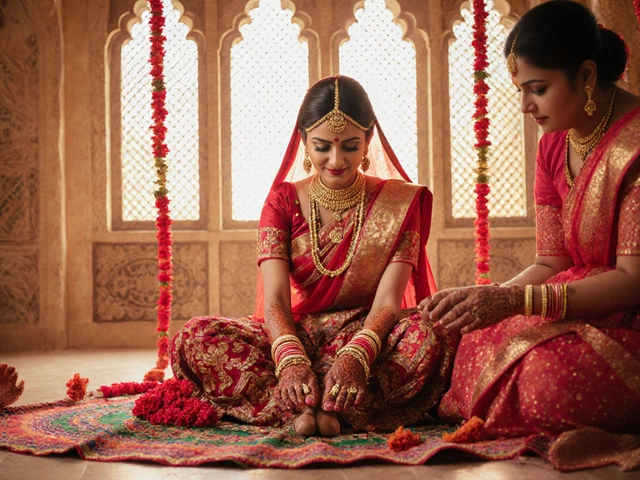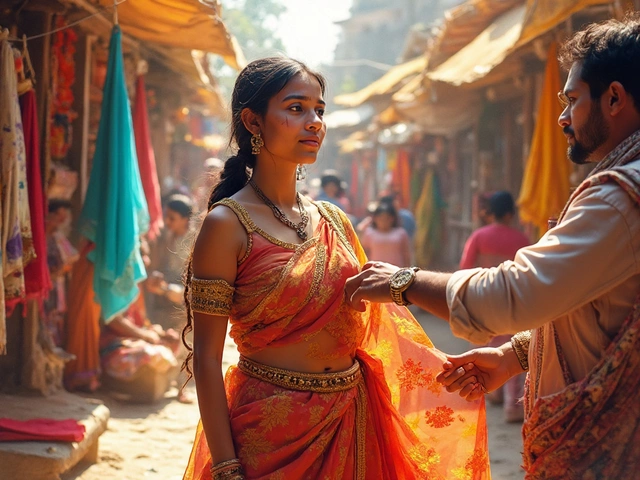Mangalsutra Differences – What Sets Each Style Apart
When working with Mangalsutra Differences, the variations in design, material, and symbolism of the traditional Indian wedding necklace. Also known as Mangalsutra styles, it reflects cultural beliefs, personal taste, and regional heritage.
One of the most talked‑about elements is the black beads, often made of black coral, onyx, or glass. These beads are said to ward off the evil eye and bring protection, a belief that still drives many design choices today. When a mangalsutra features black beads, the symbolism shifts: black beads influence the protective meaning of the necklace. This entity‑predicate‑object connection helps you understand why a simple change in bead color can alter the entire narrative of the piece.
Materials, Metals & Regional Flavors
The metal used is another major differentiator. Gold, especially 22K (916) or 18K (750) gold, is the traditional choice for many Indian families. Gold purity not only dictates the necklace’s value but also its endurance against daily wear. In this way, gold purity affects the value and durability of a mangalsutra. Some regions prefer 22K gold for its bright hue, while others opt for 18K to balance durability with affordability.
Beyond gold, you’ll find traditional Indian jewelry, such as silver, platinum, or mixed‑metal designs that blend contemporary aesthetics. These choices often reflect local customs: for instance, many South Indian styles incorporate intricate gold filigree, while North Indian designs might favor bulkier gold chains with large pendants. Thus, regional traditions determine the style of a mangalsutra, linking geography to personal expression.
Modern couples also experiment with pendant shapes—heart, lotus, or even initials—adding a personal touch to the classic chain. The pendant’s size and motif can shift the necklace from a purely traditional symbol to a fashion statement. When a mangalsutra includes a diamond‑set pendant, the piece moves into the luxury segment, raising both its aesthetic appeal and resale potential.
Understanding these differences matters whether you’re buying your first mangalsutra or looking to upgrade an heirloom. Knowing why black beads are included, how gold purity impacts cost, and what regional influences dictate style lets you choose a piece that aligns with both cultural significance and personal style. It also prepares you to ask the right questions to jewelers—like the hallmark verification process for gold or the source of black beads—so you avoid common pitfalls.
Below you’ll find a curated collection of articles that dive deeper into each of these aspects. From the meaning behind black beads to tips on verifying gold hallmarks, the posts cover the full spectrum of Mangalsutra differences you’ll encounter while shopping, gifting, or simply learning about this iconic piece of Indian wedding jewelry.
North vs South Indian Mangalsutra: Key Differences Explained
Discover how North Indian and South Indian mangalsutras differ in design, material, motifs, and cultural meaning, plus buying tips and care advice.
